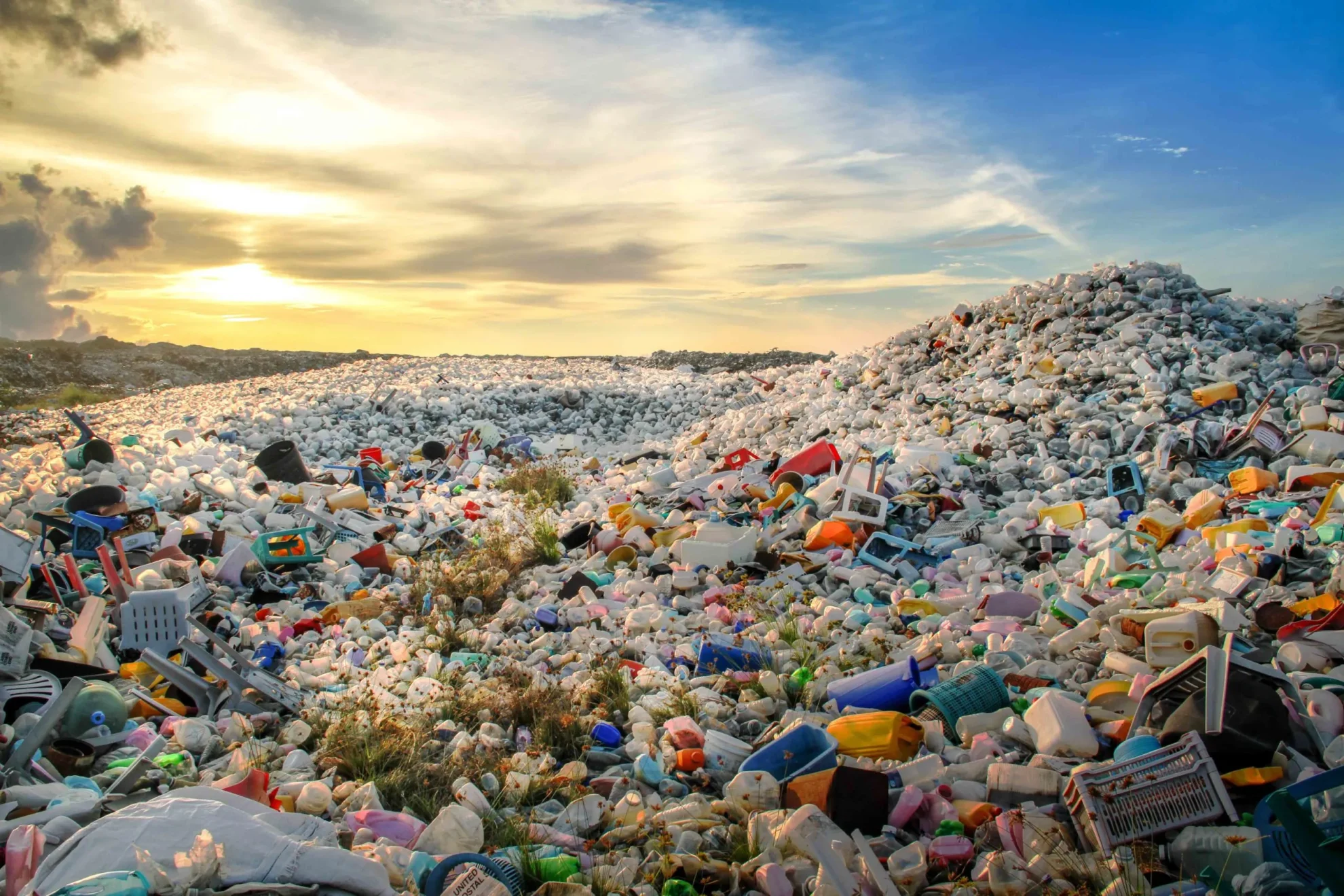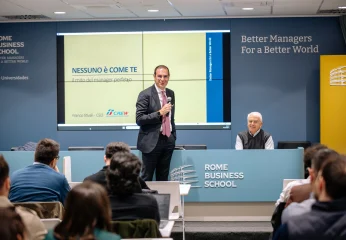Why Is The Linear Economic Model No Longer Sustainable?

For a long time, the global economy has followed a linear model – extracting resources, making products, using them, and then getting rid of them. This approach, often summarized as “take, make, dispose,” has been a major player in economic activities. However, as worries about the environment, running out of resources, and how we handle waste grow, more and more people are realizing that this linear way of doing things is no longer sustainable. The old system, where we constantly take, make, and throw away, is causing serious environmental problems. There’s a growing understanding that we need to change our approach to something more sustainable to protect the environment and manage resources better.
What is a Linear Economy?
A linear economy is a traditional economic model characterized by a “take, make, dispose” approach. In this system, raw materials are extracted to manufacture products, which are then used and eventually discarded as waste. This unidirectional flow of resources poses significant challenges to the environment and contributes to the depletion of natural resources.
What are the Three Phases of a Linear Economy?
- Extraction and Production: The linear economic process begins with the extraction of raw materials, often at the expense of ecosystems. These materials are then transformed into products through manufacturing processes.
- Consumption: Consumers purchase and use the final products, driving economic growth but also generating considerable waste.
- Disposal: At the end of the product life cycle, goods are disposed of, typically in landfills or incinerators, contributing to environmental pollution and resource wastage.
Linear Economy vs Circular Economy
A key contrast lies in the way each model handles resources. While a linear economy has a “take, make, dispose” pattern, a circular economy emphasizes a closed-loop system, where resources are continually reused, refurbished, remanufactured, and recycled. Circular economies aim to minimize waste and reduce the pressure on natural resources, offering a more sustainable alternative to the linear model.
Why is the Linear Economic Model No Longer Sustainable?
- Resource Depletion: The linear model relies heavily on finite natural resources, leading to their rapid depletion. As the demand for products increases, the strain on these resources intensifies, jeopardizing the balance of ecosystems and biodiversity.
- Environmental Impact: The disposal phase of a linear economy contributes significantly to pollution and environmental degradation. Landfills overflow with non-biodegradable waste, and incineration releases harmful emissions, exacerbating climate change and air quality issues.
- Economic Inefficiency: The linear model often results in inefficiencies, with valuable materials being lost in the disposal process. This inefficiency contrasts sharply with the potential economic benefits of a circular economy, where resources are conserved and reused.
Why is a Circular Economy Better than a Linear Economy?
- Resource Preservation: A circular economy prioritizes the preservation of resources by promoting the reuse, refurbishment, and recycling of materials. This not only reduces the demand for new resources but also mitigates the environmental impact of extraction.
- Waste Reduction: By closing the loop and minimizing waste, a circular economy helps to alleviate the burden on landfills and reduces the pollution associated with the disposal of goods. This, in turn, contributes to a healthier environment.
- Economic Opportunities: Shifting towards a circular economy opens up new economic opportunities, such as the development of recycling technologies, remanufacturing processes, and the creation of sustainable business models. This transition fosters innovation and supports long-term economic growth.
Circular Economy: Building a Sustainable Global Tomorrow
The linear economic model is no longer a sustainable solution in the face of growing environmental concerns and the need for efficient resource management. Embracing a circular economy offers a path forward, promoting sustainability, reducing waste, and fostering economic resilience in the process. The shift from linear to circular represents not only an environmental imperative but also a strategic move towards a more resilient and prosperous global economy.
In practice, this means designing products for durability, encouraging repair and refurbishment, and recycling materials to create new products. In individual lives, embracing a circular economy can involve simple yet impactful choices. For instance, opting for reusable products like water bottles and shopping bags reduces single-use plastic waste. Choosing to repair or upgrade electronic devices instead of immediately replacing them contributes to a more circular approach. Additionally, participating in community swap events, where items like clothing or household goods are exchanged rather than discarded, fosters a culture of reuse. Composting organic waste at home is another way to close the loop by returning nutrients to the soil. Ultimately, embracing a circular economy in daily life involves mindful consumption, waste reduction, and a commitment to sustainable practices that benefit both individuals and the planet.




